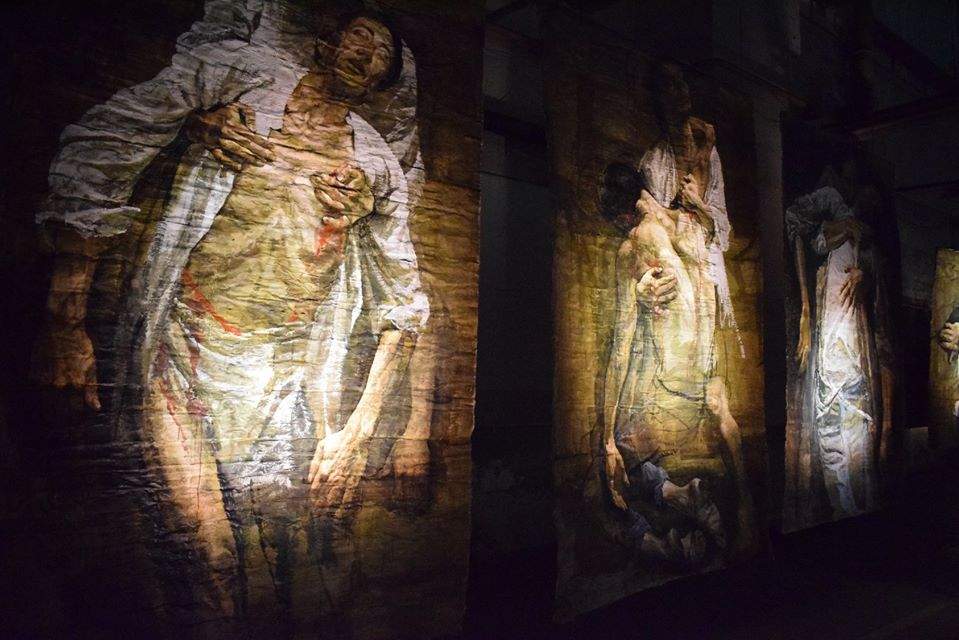It was July 11, 1995, when the Serbian army entered the Bosnian town of Srebrenica, during the final stages of the Bosnian War: thus began two weeks of indiscriminate massacres, in what was the first genocide in Europe since the end of World War II. The infamous troops of General Ratko Mladić (who would later be convicted by the Hague Tribunal of genocide, war crimes and crimes against humanity) were responsible for the killing of more than eight thousand people: first they separated the males from the women, began killing the former and burying them in mass graves, and then turned on the latter with rape, violence and other forms of abuse and torture. All under the watchful eye of the Dutch Blue Helmets, who did nothing to protect the population and stop the massacre they were witnessing. And this was despite the fact that Srebrenica had been declared a “safe zone,” or area where civilians could consider themselves protected by the UN mission.
On the twenty-fifth anniversary of the genocide, Bosnia’s most famous painter, Safet Zec (Rogatica, 1943), who now lives in Venice, brought works from his Exodus series to the Srebrenica Memorial, which was erected at the site of the massacre (in the building that was the headquarters of the Blue Helmets’ mission in the village of PotoÄari, a short distance from Srebrenica), as a tribute to the 8,372 confirmed victims. The series, divided into three sections(Tears, Hugs and Hands on the Heart), is the result of 20 years of work by the Bosnian artist and consists of 22 monumental-format paintings, between 10 and 3 meters wide and more than 2 meters high, directly inspired by the events of the Bosnian war: the siege of Sarajevo, the Srebrenica massacre itself, and the refugee drama. But that’s not all: there are also paintings about events that occurred at other times in history, for example, a triptych dedicated to Alan Kurdi, the three-year-old Syrian boy who died while trying to reach Europe.
Zec’s realist paintings are, by the painter’s own admission, an attempt at an artistic reaction to the massacre and are a way to perpetuate the memory of the genocide. The exhibition at the Srebrenica Memorial opened last July 7 and will run until October 7. Initiatives such as these are especially important at a time when the Memorial Research Center is denouncing a wave of denialism, which not only involves Serbian politics, but also goes further: numerous criticisms have been leveled, for example, at the 2019 Nobel Prize winner for Literature, Austrian Peter Handke, for his proximity to former Serbian President Slobodan Milošević and for defending the perpetrators.
But it is also a relevant event because it is one of the rare times when artworks commemorating the massacre are displayed at the site of a massacre, centered precisely on the massacre that took place there. As a result, it is an important test for the artist himself: never before has he exhibited his work in the theater of the massacre. To learn more about the memorial you can visit the official website, while several photos of the exhibition have been posted on the memorial’s Facebook page.
 |
| 25 years since the Srebrenica massacre. Artist Safet Zec pays tribute to the victims on the site |
Warning: the translation into English of the original Italian article was created using automatic tools. We undertake to review all articles, but we do not guarantee the total absence of inaccuracies in the translation due to the program. You can find the original by clicking on the ITA button. If you find any mistake,please contact us.